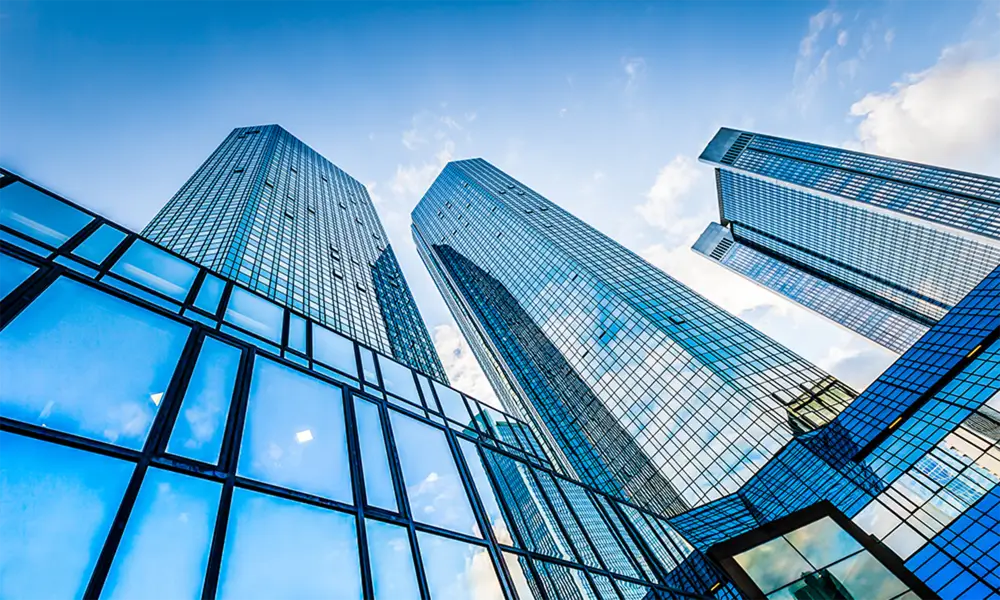

Understanding the Pricing of 12mm Tinted Toughened Glass
When it comes to modern architecture and interior design, glass plays an integral role in creating aesthetic appeal as well as functional spaces. Among the various types of glass available in the market, 12mm tinted toughened glass has gained popularity due to its durability, safety features, and versatility. This article aims to provide a comprehensive overview of factors influencing the price of 12mm tinted toughened glass, while also highlighting its benefits and applications.
What is 12mm Tinted Toughened Glass?
12mm tinted toughened glass is a specific thickness of glass that has undergone a tempering process to increase its strength compared to regular glass. The tinted aspect refers to the color or shade added to the glass, which not only enhances aesthetic appeal but also helps in controlling glare and U.V. radiation. This makes it an excellent choice for windows, facades, and partitions in both commercial and residential settings.
Factors Affecting the Price
1. Material Quality The quality of raw materials used in the production of toughened glass plays a significant role in determining its price. High-quality silica and additives lead to better performance and durability, justifying a higher price tag.
2. Manufacturing Process The cost of production involves various processes including cutting, polishing, and tempering. Advanced technological processes that ensure precision and quality control may result in higher costs but offer better end-products.
3. Tinting Options The type of tinting can also affect the price. There are different shades—such as grey, bronze, and green—each coming with varying costs based on the complexity of the tinting process and the materials used. Custom tinting can further increase the price.
4. Thickness The thickness of the glass is a critical factor in pricing. The 12mm thickness offers a robust structure that provides better insulation and strength, making it more expensive than thinner alternatives.

5. Size and Customization Larger panels of tinted toughened glass are usually priced per square meter, and any custom specifications will also affect the overall cost. Unique designs or specific dimensions often come with premium pricing.
6. Market Demand Fluctuations in market demand for construction materials can impact pricing. During peak construction seasons, prices may rise due to increased demand.
7. Transportation and Installation Costs associated with the logistics of transporting the glass and the installation process can add up. Fragile materials like glass require careful handling and transportation, which can incur additional charges.
Benefits of Using 12mm Tinted Toughened Glass
- Safety Its toughened nature makes it much less likely to shatter upon impact, making it a safer choice for buildings, especially in high-traffic areas. - Aesthetic Appeal The tinted glass adds a contemporary look to any building, enhancing its attractiveness while offering varying degrees of privacy.
- Energy Efficiency Tinted glass can help in regulating indoor temperatures by reducing heat transfer, thus contributing to energy savings for heating and cooling.
- U.V. Protection Tinted glass also provides protection against harmful U.V. rays, which can fade furniture and flooring over time.
Conclusion
The pricing of 12mm tinted toughened glass is influenced by various factors, including material quality, manufacturing methods, and market conditions. Although it may be on the higher end compared to regular glass, the numerous benefits it offers make it a worthwhile investment for both residential and commercial applications. Understanding these pricing factors can help consumers and professionals make informed decisions when selecting glass products for their projects. As architectural designs continue to evolve, the demand for high-quality toughened glass like the 12mm tinted variant will likely remain strong, shaping the future of modern construction.